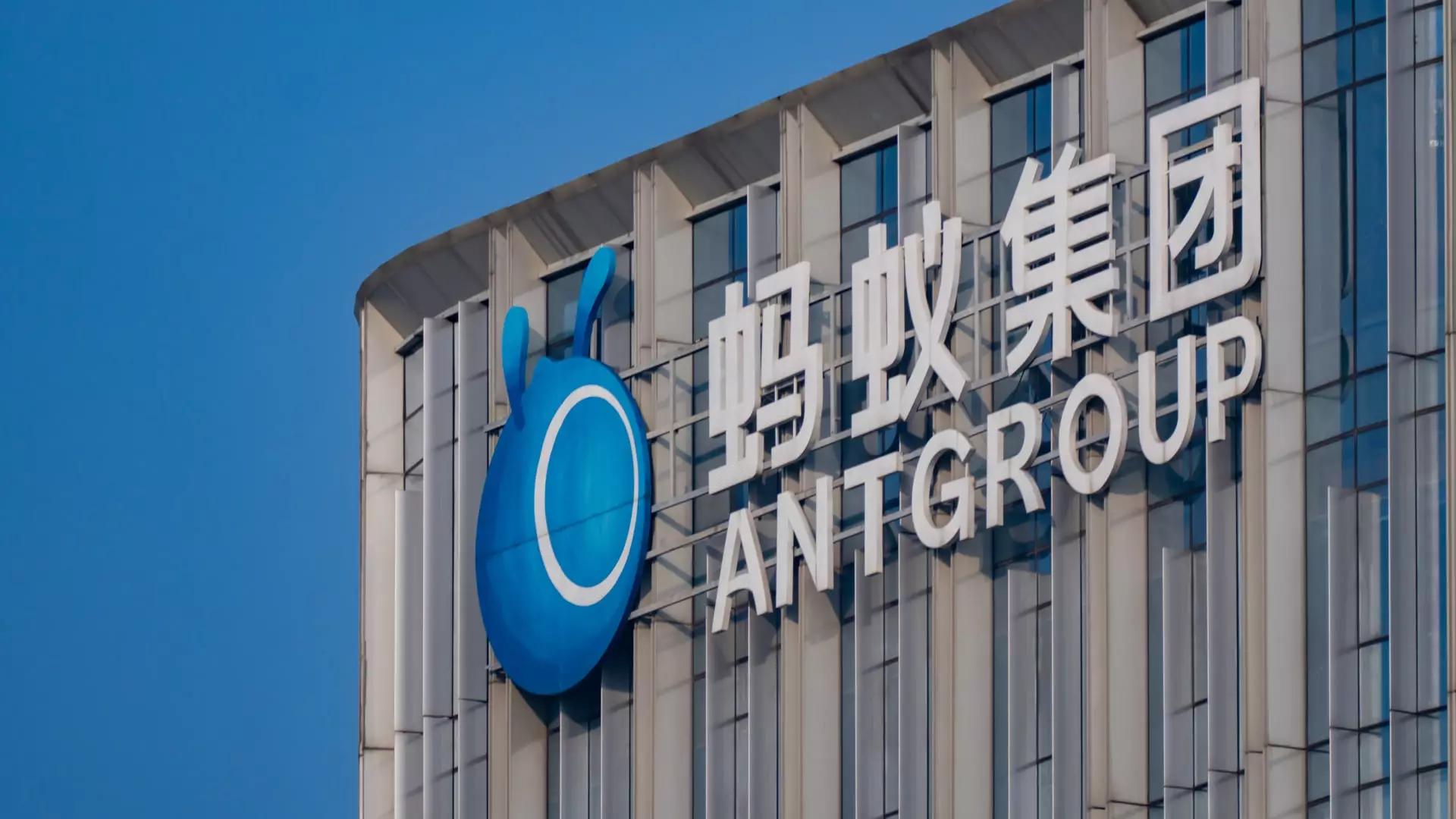Ant Group, a Chinese juggernaut redefined by its association with the e-commerce titan Alibaba, is forging ahead in the competitive realm of artificial intelligence (AI) by employing a diverse array of semiconductors—from local Chinese manufacturers to U.S.-sourced components. This strategic choice is not merely about cost-effectiveness but reflects a significant pivot in the global tech narrative. By mitigating reliance on a singular chip supplier like Nvidia, Ant is ingeniously adapting to the geopolitical constraints that loom over tech cooperation. The decision to incorporate chips from various sources, including Advanced Micro Devices (AMD), underscores a creative response to ongoing supply chain disruptions and trade restrictions.
Financial Efficiency in AI Training
The emergence of mixed semiconductor use is enhanced by what the industry calls a “mixture of experts” (MoE) model. What sets this approach apart is its remarkable ability to slash computational costs—reportedly by 20%—and reduce training time significantly. Such financial efficiency isn’t just a bonus; it’s a necessity in an era where budgets can easily evaporate due to excessive compute requirements. The move may be seen as a litmus test for how effectively companies can navigate and ultimately thrive amid constraints imposed by geopolitical tensions, particularly those pronounced by U.S.-China dynamics. Ant’s commitment to utilizing lower-cost hardware to train its AI models signifies a competitive advantage that should not be underestimated.
Healthcare Innovations Riding the AI Wave
Simultaneously, Ant Group is not sticking to the shadows of gritty semiconductor battles. Instead, it has unveiled bold advancements in its AI applications in healthcare, tapping into a vastly growing sector with pressing demands. The announcement of upgraded AI solutions capable of enhancing patient interactions and expertise in medical topics positions Ant Group as a vanguard in an industry that desperately needs digital transformation. Not just content with optimizing transactions through Alipay, Ant is making clear strides in harnessing AI to bolster healthcare services in China’s most vibrant cities—including Beijing and Shanghai. This dual focus on AI and healthcare is emblematic of a forward-thinking ethos that seeks to intertwine social good with technological advancement.
Navigating the Implications of U.S. Restrictions
However, there’s a dark cloud on the horizon. The U.S. government’s attempts to stifle China’s AI ambitions by imposing semiconductor export restrictions are more than mere policy decisions; they are existential threats to innovation and progress in a globally intertwined ecosystem. While Nvidia still possesses the ability to supply its lower-tier chips, the overarching limitations on advanced technologies may very well hinder the potential growth of a dynamic sector. It raises questions not only about competition but also about collaboration—a crucial component that fosters innovation and leads to technological breakthroughs. Ant’s endeavors to utilize alternative chips demonstrate resilience but also highlight a disheartening reality that stifling competition ultimately stunts progress.
The Broader Significance of Ant’s Strategy
In the larger context, Ant Group’s approach towards AI, semiconductors, and healthcare is a bellwether for the trajectory of technological innovation in an increasingly divided global landscape. While the company is deftly positioning itself to make the most of available resources, its advancements in AI healthcare underline a critical intersection where technology meets essential human needs. The imperative for all nations is clear: collaboration leads to progress, and an insular approach may ultimately yield diminished returns in a future driven by interconnected digital ecosystems.

